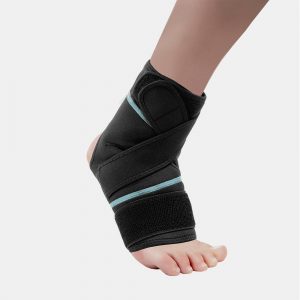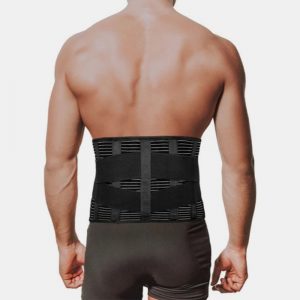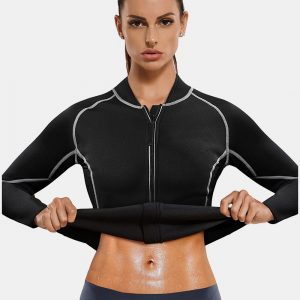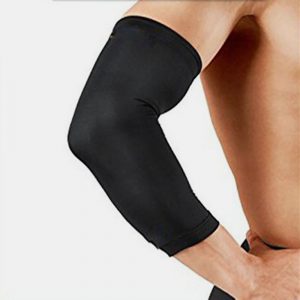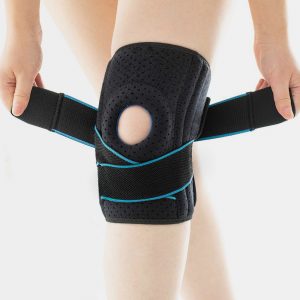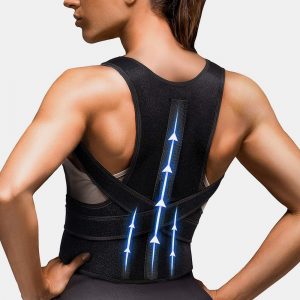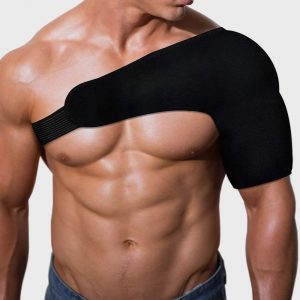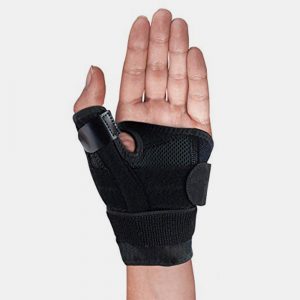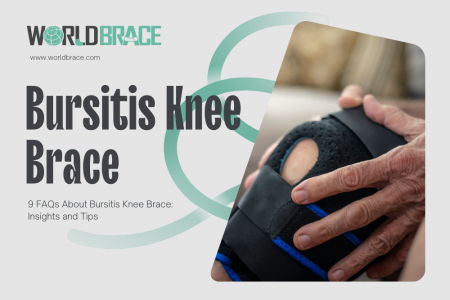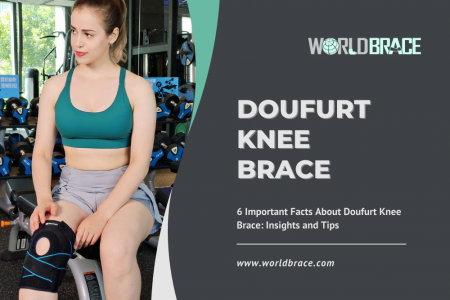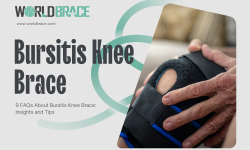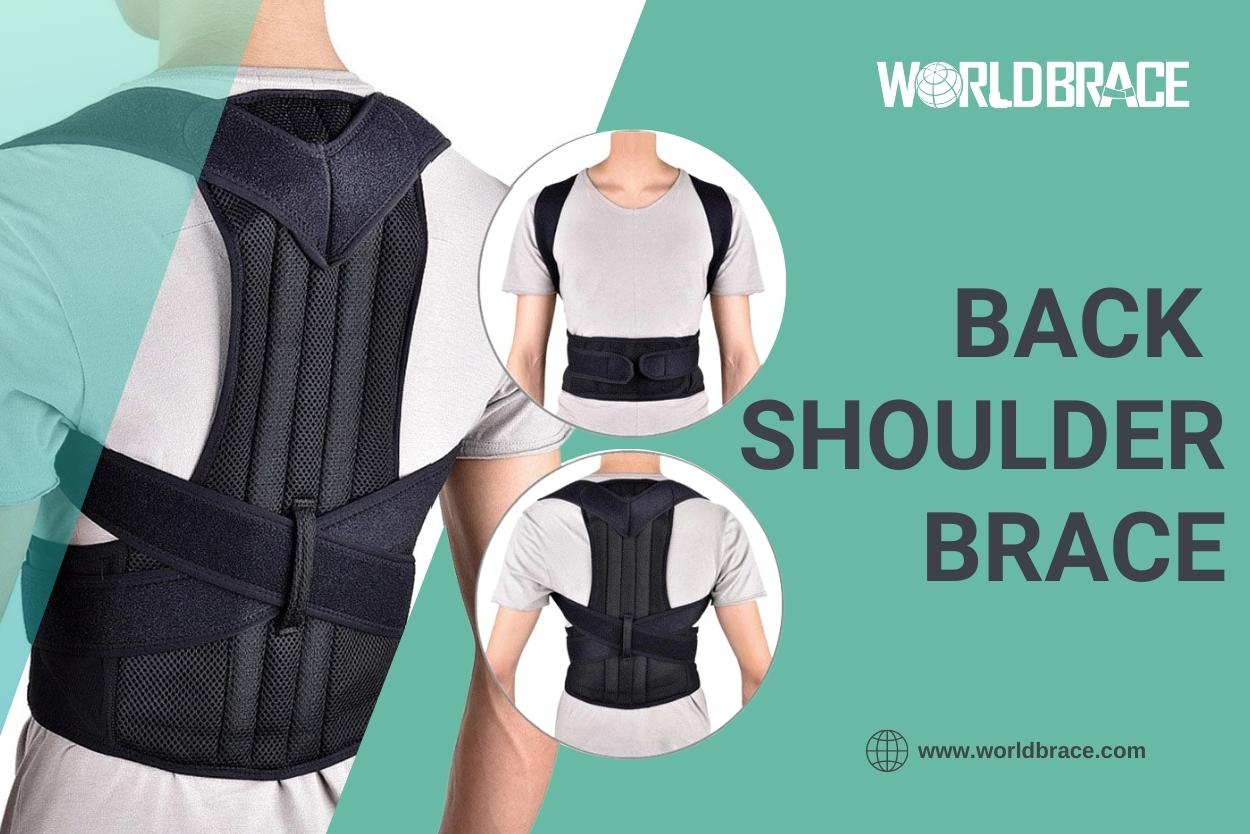
Understanding Posture: The Impact of Poor Posture on Your Health
Posture refers to how we hold and position our bodies while standing, sitting or lying down. It is an essential aspect of our physical health as it affects our spine, joints and muscles. Good posture helps to distribute our body weight evenly, reducing the risk of strain and injury.
Poor posture, on the other hand, can have negative impacts on our physical and mental health. It can cause back and neck pain, headaches, and fatigue and contribute to joint problems like arthritis. In addition, poor posture can affect our breathing and digestion, leading to various other health issues.
Furthermore, posture can also impact our mental well-being. Studies have shown that slouching can lead to decreased self-esteem and mood. It can also affect our productivity and concentration levels, as our bodies may not get the necessary oxygen and blood flow to function properly.
How Back Shoulder Braces Work: Mechanisms and Benefits
Back shoulder braces are an orthopaedic device that can help improve posture, alleviate pain, and support the upper body. Different types of back shoulder braces are available in the market, including postural correctors, shoulder stabilizers, and clavicle braces.
The primary mechanism of back shoulder braces is to improve the spine, shoulders, and neck alignment. When the body is out of alignment, it can cause strain on the muscles, ligaments, and tendons, leading to discomfort and pain. Back shoulder braces work by gently pulling the shoulders back and aligning them with the spine, which helps to correct poor posture and reduce the risk of injury.
In addition to improving posture, back shoulder braces can provide support and stability to the upper body. This is especially helpful for people who have suffered an injury or have a medical condition that affects their mobility. Back shoulder braces can help individuals move with greater ease and comfort by providing support to the upper body.
Choosing the Right Back Shoulder Brace: Factors to Consider
Choosing the right back shoulder brace can be daunting, especially when considering the numerous options available in the market. However, certain factors must be considered to select the brace that meets your needs.
One crucial factor to consider is the level of support the brace offers. You may want to opt for a rigid brace if you require significant support due to an injury or chronic condition. Conversely, if you need little help, a soft mount may suffice.
Another critical factor is the fit of the brace. A properly fitting brace offers the necessary support without discomfort or hindering movement. Measuring your shoulder and back is essential to ensure you select the correct brace size.
The material used to make the brace is another essential factor to consider. Breathable and moisture-wicking materials are ideal as they keep you comfortable and prevent sweat and moisture buildup.
It is also crucial to consider the intended use of the brace. For instance, if you want to wear the brace during physical activity, you may need a lightweight and flexible brace that allows you to move freely.
Wearing Your Back Shoulder Brace: Tips for Proper Use
Explain Wearing a back shoulder brace can effectively alleviate pain and discomfort in the upper body. Here are some tips for proper use:
- Choose the right brace: Make sure to choose a brace that fits properly and is designed for your needs. Different types of braces are available for other conditions.
- Wear it correctly: Follow the instructions provided with the brace for proper use. Generally, this involves sliding the brace over your shoulders and adjusting the straps to ensure a snug fit.
- Please don’t wear it too long: While wearing a brace can provide support, it’s important not to wear it too long. Take breaks throughout the day and remove the brace for extended periods to allow your muscles to move freely.
- Maintaining a good posture: Wearing a brace can help improve posture, but it’s essential to be mindful throughout the day. Avoid slouching and try to maintain a neutral spine position.
- Combine with other treatments: A back shoulder brace can be a helpful tool in managing pain, but it’s also important to incorporate other treatments such as exercise, stretching, and physical therapy into your routine.
Conclusion:
In conclusion, a back shoulder brace can be a valuable tool in managing pain and discomfort in the upper body. A brace can help alleviate symptoms and improve overall function by providing support and promoting good posture.
We are a leading manufacturer and supplier of back shoulder braces in China. Our products are designed to help improve your posture and reduce shoulder pain!

